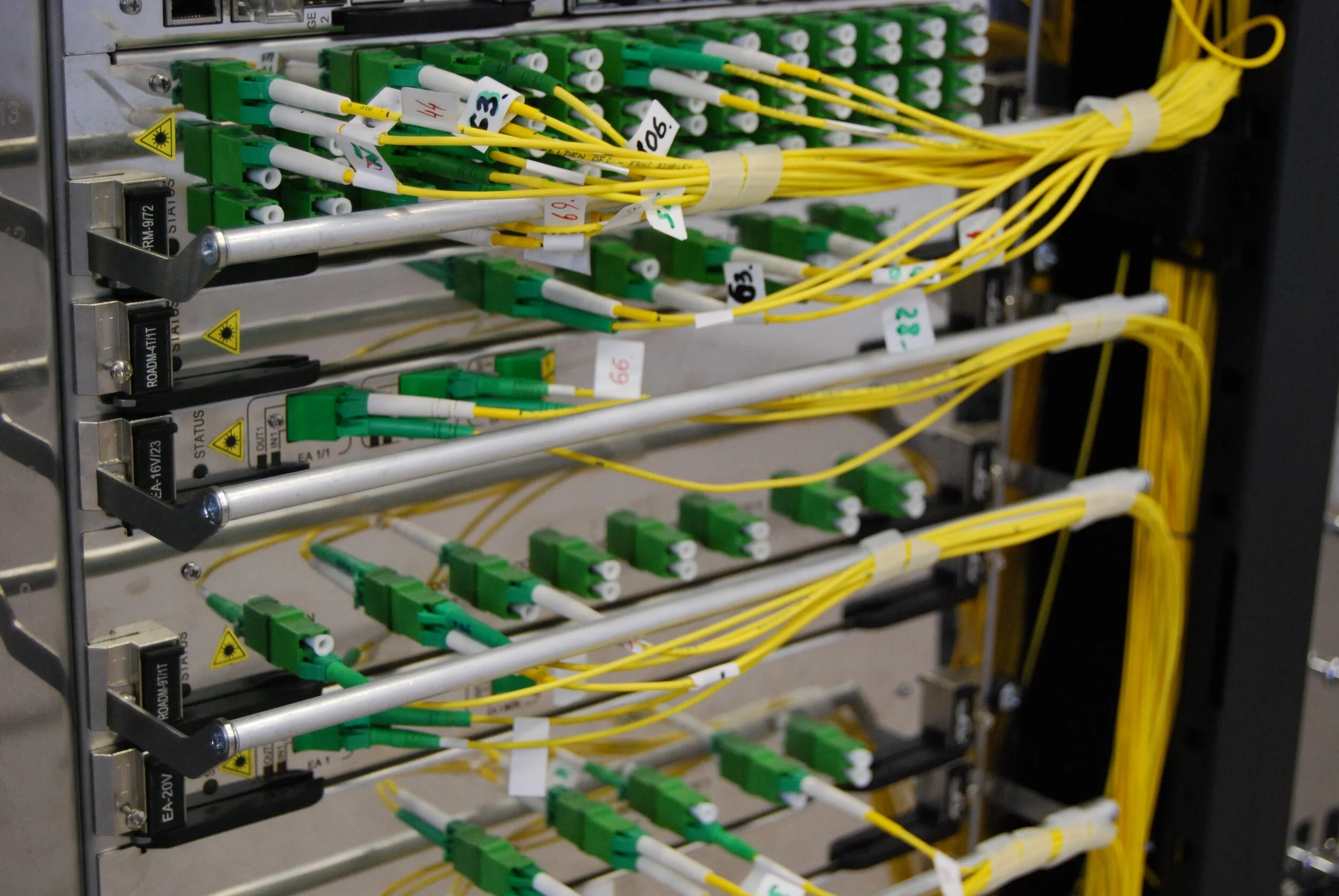In theory, all fiber optic connections are supposed to be made following an “inspect, clean, inspect” process to ensure the pristine mating of the fibers. When done correctly, consistent low insertion loss and good back reflection performance are assured. However, anyone that has dealt with fiber optic connectors in the real world knows that there is a big difference between theory and practice. Real-world problems range from a single faulty connection due to a technician not the following procedure to a large number of poor connections as a dirty fiber from a test instrument contaminates every fiber it is used for testing.
The problems caused by dirty connectors fall into two categories – problems with loss and problem with reflections. The increased loss due to dirty connectors is usually dealt with by increasing the margin in the power budgets of client interfaces or WDM systems. This seems straightforward but adding margin in the power budget will of course lead to requiring higher power and more expensive transmitters or more sensitive receivers. Since you don’t know which connectors will have a higher loss this margin is required across the full system, significantly increasing the impact of the increased cost on the total budget.
The second problem of reflections is harder to workaround. Increasing the transmitter power will simply increase the reflected power, making the problem worse. Return loss/reflection from a bad connector leads to Intersymbol Interference and therefore closure of eye diagrams and bit-error-rate penalties. Some WDM transmissions systems will check optical return loss before turning on amplifiers which can result in delays of being able to turn on amplifier chains as each connection in the link is examined and tested.
Reflections from multiple bad connectors in a transmission link can also lead to multipath interference (MPI). MPI can cause a range of issues, particularly with newer modulation formats. A recent paper by researchers at Google attempted to address the issues caused by MPI through adaptive modulation formatting techniques – matching the modulation format with the link MPI through the proposed FlexPAM modulation [1]. Of course, this creates additional requirements in the transmitters since they would need to be capable of multiple modulation formats, increasing the cost of the transmitters to overcome the link performance issues.
As shown above, a poor connector can lead to a host of problems. The next challenge is then finding the high-loss / high back-reflection connectors since there are likely multiple connections in a link. What likely happens is many good connections are examined while chasing the bad connection, which can just compound the issue. A better solution would be to simply install all connections once, validate the connections, and then be able to never need to touch them again.
Since most of these connector issues can be traced to human factors, an automated approach can avoid all these problems. The Telescent Network Topology Manager (NTM), a programmable fiber cross-connect system designed to bring automation to the physical fiber cross-connect in data centers, includes both an automated cleaning step every time in the connection process as well as diagnostic capability including power monitoring and Optical Time Domain Reflectometry (OTDR). The cleaning step ensures a consistent and low loss connection for each and every connection made within the NTM. The OTDR functionality allows the NTM to track the performance of the fiber plant connected to the Telescent NTM. Since the Telescent NTM manages all the network reconfigurations inside the system, once the external fiber plant is installed and tested the network operator can have confidence in the fiber performance.
While poor connections have plagued fiber optics systems from the very beginning, newer modulation techniques and higher transmission rates increase the performance requirements. The Telescent automated fiber cross-connect system with the included fiber cleaning step and diagnostics such as the OTDR can provide optimal performance of the fiber connections. And since the Telescent NTM system automates the cross-connect process, the external fiber plant can be tested on installation and then left alone.
[1] “Beyond 1 Tb/s Intra-Data Center Interconnect Technology: IM-DD or Coherent,” X. Zhou, R. Urata and H. Liu, J Lightwave Technology, Vol. 38, No. 2, P. 475 (January 2020).

